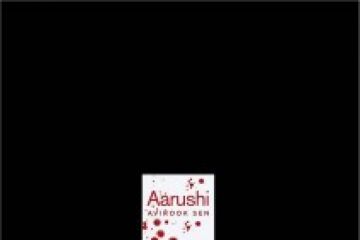
The world of a
classical musician is always a difficult one. It calls for an obsessive
dedication to the hardest of crafts and then, when that is mastered, a further
period of toil to find an individual signature. But such a narrative ignores
the artiste’s personal strife in a social setting that is often hostile to his
or her ambitions. That is what makes Deepa Ganesh’s A Life in Three
Octaves, a biography of Gangubai Hangal, especially moving.
The uninitiated may
ask: who was
Continue reading “The world according to Gangubai”
Read this story with a subscription.





